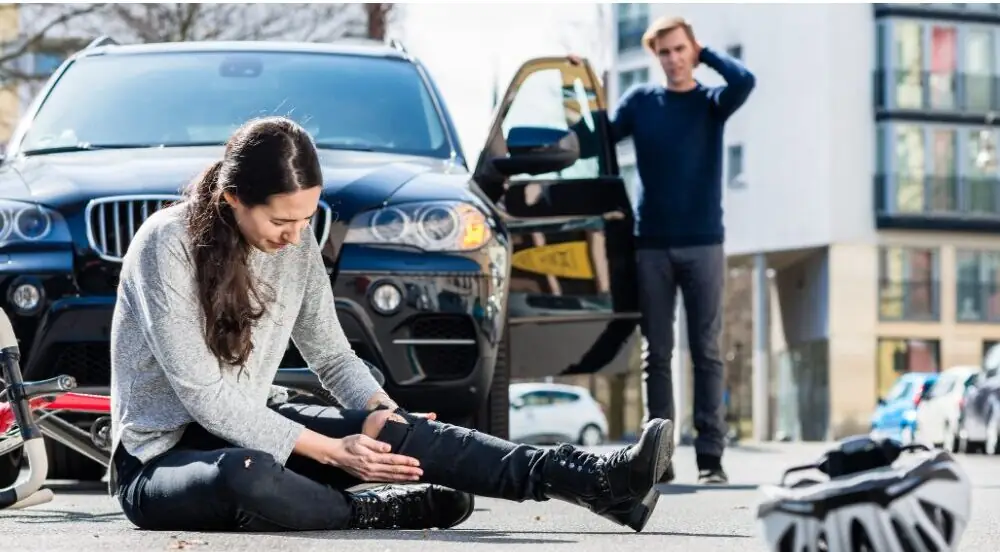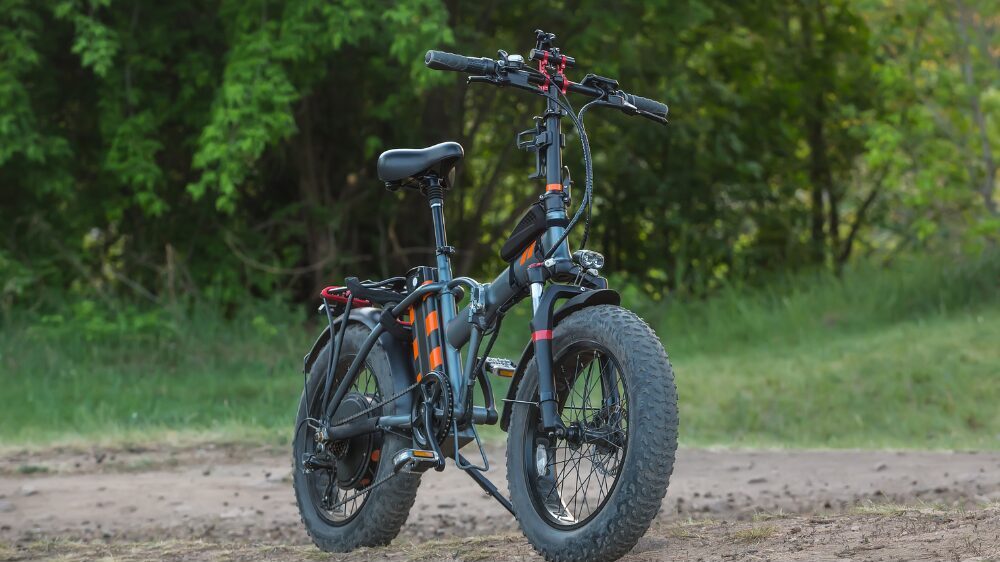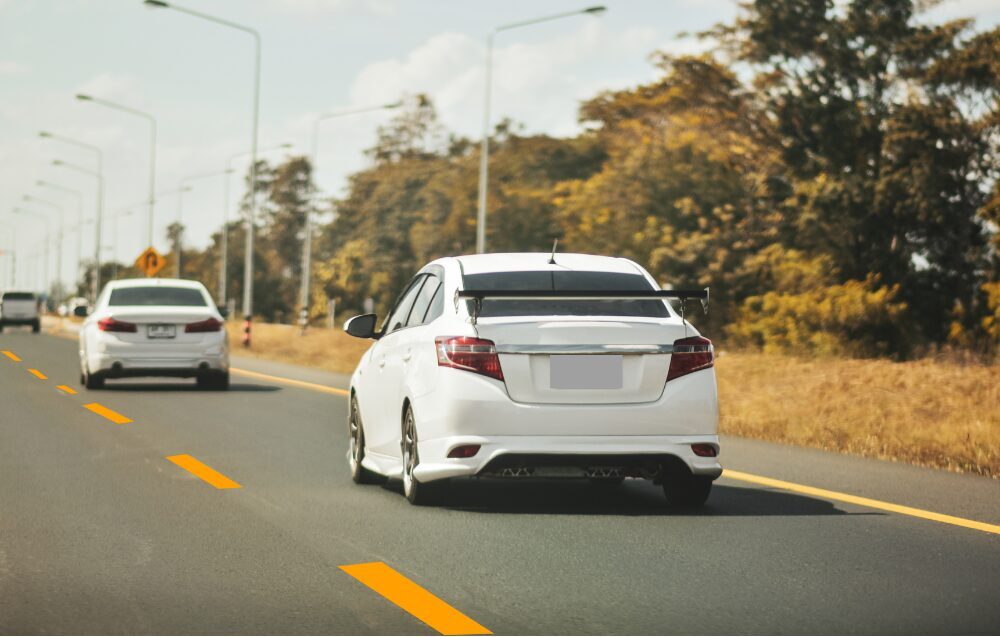
New Washington law Substitute Senate Bill 6208 will now permit any person operating a bicycle the ability to yield at most stop signs on the road, with a few exclusions such as stop signs located at railroad crossings or stop signs used by school buses. The new statute will apply only to stop signs, and cyclists approaching traffic lights must continue to follow RCW (Revised Code of Washington) 46.61.184, which says a cyclist approaching an intersection will come to a full and complete stop and may only proceed through using caution if the traffic control signal “fails to operate after one cycle of the traffic signal,” to include left turns.
What Does a Proper Yield Look Like?
At first glance, this new law may come off as reckless to some, but as a reminder, being able to treat a stop sign as a yield does not permit cyclists to outright blow through intersections with no regard. When yielding, a cyclist must do the following:
- Slow down to a reasonable speed.
- Give the right-of-way to vehicles in the intersection.
- Come to a full stop, if necessary, for safety.
What About The Obvious Safety Concerns?
The safety of cyclists and increased worry for drivers has continuously been brought up as state officials defend this new statute, but here’s the good news: cyclists being able to yield at stop signs has actually been proven to be much safer and efficient all around.
The science behind it has to do with the momentum of a cyclist while moving through an intersection; being able to keep up that momentum by yielding allows a person operating a bicycle to move at a much faster rate compared to coming to a full stop and having to pick back up that momentum completely, thus spending more time in the intersection with an increased window for collisions (Dahl, “Here’s A Second”).
Not only does science support this law, one state has been utilizing stop-as-yield legislation dating all the way back to 1982, when it first became used in Idaho and known as the “Idaho Stop.” While most states have been quite slow to follow suit – Delaware being the second state to implement the law only three years ago in 2017 and influencing other states to do the same – almost forty years-worth of experience in Idaho alone, as well as studies comparing bicycle safety in Idaho to other states, have ultimately proven its effectiveness.
In an article in The Bellingham Herald titled “New Law Lets Washington Cyclists Treat Stop Signs as Yield Signs. It’s Not a Crazy Idea,” author Doug Dahl points out how bicycle injuries dropped by 14% in Idaho the year after the implementation of the new law. Dahl goes on to detail the studies of a transportation researcher at UC Berkley who compared bicycle crashes in Boise, Idaho to Sacramento, California – the two cities having similar factors that affect cycling, including topography, infrastructure, weather, and demographics. The study showed how Boise was 30% to 60% safer for cyclists all because of its notable difference – the use of the Idaho Stop. When comparing the city to other places, such as Bakersfield, California, more extreme results were found, showing that “cycling in Boise is 150 to 252 times safer than riding in Bakersfield” (Dahl, “New Law”).
What To Do If You Are Involved in A Bicycle Collision Leading to Injury
While we hope this new law may help to decrease road collisions and bicycle injuries, we understand that collisions will still happen. In Washington State, cyclists have the same rights and responsibilities as drivers and thus are held to the same safety standards while operating a bicycle on the road. The following are a few factors that fall under negligence of a driver or cyclist, and can be used to determine fault if involved in a collision:
- Driving or cycling at a speed too fast for road or traffic conditions
- Driving or cycling under the influence of drugs or alcohol
- Distracted driving or cycling, including texting while driving/cycling
- Disobeying traffic signs or signals
- Failing to properly signal while turning
- Following a bicycle too closely
If you or someone you know is injured while riding a bicycle or involved in a collision with a cyclist, our experienced attorneys are qualified in bicycle collision cases and are here to help you figure out the details of your case, and get you a full recovery under Washington law. Reach out to us by phone, email, or even text through the chat widget on our website.
Resources:
Dahl, Doug. “Here’s a Second, Real-World Look at Washington’s New Stop-as-Yield Law for Cyclists,” The Bellingham Herald, 21 Sept. 2020, https://www.bellinghamherald.com/news/traffic/rules-of-the-road/article245802390.html.
Dahl, Doug. “New Law Lets Washington Cyclists Treat Stop Signs as Yield Signs. It’s Not a Crazy Idea,” The Bellingham Herald, 14 Sept. 2020, https://www.bellinghamherald.com/news/traffic/rules-of-the-road/article245635760.html.
Gross, Steve. “What’s New for Washington Cyclists in 2020?” MRSC Local Government Success, 21 Sept. 2020, http://mrsc.org/Home/Stay-Informed/MRSC-Insight/September-2020/What-s-New-for-Washington-Cyclists-in-2020.aspx.
Senate Transportation. “Bicyclist Stop Sign Requirements,” Substitute Senate Bill 6208, Chapter 66, Laws of 2020, http://lawfilesext.leg.wa.gov/biennium/2019-20/Pdf/Bills/Session%20Laws/Senate/6208-S.SL.pdf?q=20200825131445.


